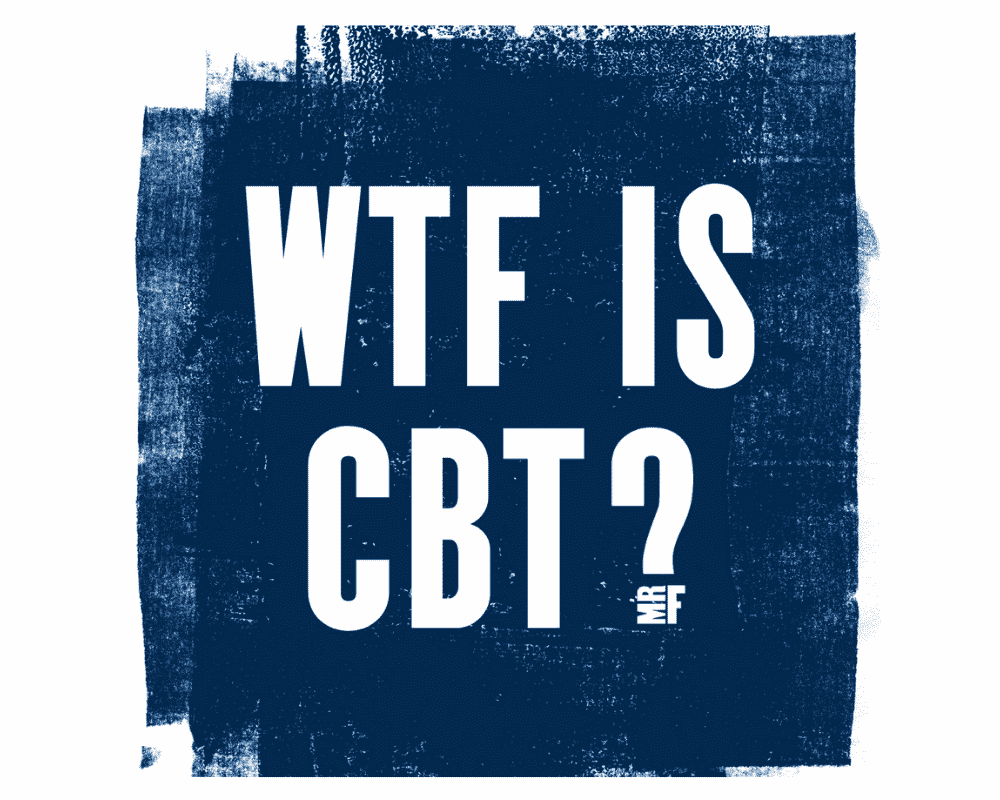Late last year in the UK, the National Health Service changed their guidelines for dealing with depression for the first time in a decade. In this significant move, the new recommendations were that a “menu of treatment options” including cognitive behavioral therapy should be offered before antidepressants in less severe cases of the mental health disorder. This left many folks looking for more information about how CBT works, and whether it could be the right fit for them. Here Erin Kang, member of the Association for Behavioral and Cognitive Therapies, and assistant professor at Montclair State University, explains.
How does CBT work?
CBT is a form of treatment for addressing psychological and psychiatric issues. The core thing about CBT, as the name suggests, is it really focuses on the relationship between your thoughts – so your cognition – your behavior, and your emotions. Imagine these three as a triangle, all are so closely interconnected, and really affect one another. So for example, if a person is having automatic negative thoughts, like feeling like they’re going to fail before giving a presentation, that can lead to these autonomic responses, like sweating hands, heart beating faster, and that makes them feel even more anxious, so that will impact their behavior. That relationship between emotion, behavior, and thoughts is at the core of CBT.
I understand this connection between our thoughts and our actions. But the harder part is what can we do to break that cycle when needed.
Exactly. It’s important that at the beginning of the CBT treatment, the therapist and the client come to an agreement on what is contributing to, let’s say, depression or anxiety, based on this model. And once we have a good sense of what is going on, what thoughts are exacerbating the problems, then we work out how to intervene. Throughout the course of CBT treatment, clients practice ways to identify and catch their own negative thoughts. And through the treatment process, we evaluate whether those thoughts are true, sensible or based on evidence. So with the help of the therapist, you remember the many instances you’ve given a good presentation, for example, and identify some more realistic and adaptive thoughts based on that evidence. That’s often what we refer to as thought replacement, or the more technical term is cognitive restructuring. Learning to catch our own automatic negative thoughts, and based on the actual evidence we have, based on our prior experiences, reevaluating the likelihood of negative things happening in a more realistic way.
I can see how that works in the therapy session, when we have a bit of space to evaluate whether a particular thought or pattern of thoughts is justified. But how do you then apply it in the rough and tumble of daily life?
That’s a really key question. As you say, talking about it and processing in a therapy session won’t necessarily make a big change. So the key is practice, and most CBT therapists assign ‘homework’ for clients to monitor their automatic thoughts. So when you find yourself having these negative thoughts, you catch them and write them down, quickly evaluate them, then identify a more positive alternative thought in the moment. So without a therapist sitting in front of you, you learn to do it on your own.
I tried this and hated that homework! I found myself ruminating about my ruminating. But I understood the purpose. What I do like about CBT is this more solution-based, pragmatic approach to solving mental health issues.
Yes, CBT really tries to target what is going on and how our thoughts and behaviors can change how we’re feeling. And a good CBT therapist helps a client become their own therapist, without relying on sessions, and use these techniques in the moment.
So is the goal to get to the point the client doesn’t need therapy anymore? Because I think one preconception that puts people off going to therapy is that it’s just endless, expensive, talking.
Yes, any good therapist will hope to eventually terminate when the client is able to use these skills on their own, when they have added these tools to their own toolbox. Many CBT treatments are 12 to 16 sessions, based on the individual situation, although sometimes it can go on for much longer.
So is CBT always about your thoughts dictating your feelings, rather than the other way round?
No, the three points of the triangle are bi-directional. We can also start with the behavior part. Sometimes changing our behavior will help us change our thoughts, and make us feel better. So, for example, by getting up and moving your body, we can make a real difference improving symptoms of depression. Or with something like OCD, we expose someone to the situation they’re fearful of, like touching a doorknob, and they learn it’s not as harmful as they thought.
It all sounds like common sense to me, which I suppose is precisely the beauty of it.
Yeah, it all totally makes sense, but it can still be hard for people who are struggling with depression or anxiety. But CBT is one of the most evidence-based approaches in our field. There are thousands of studies, over several decades, supporting its effectiveness for a wide range of mental health conditions.











